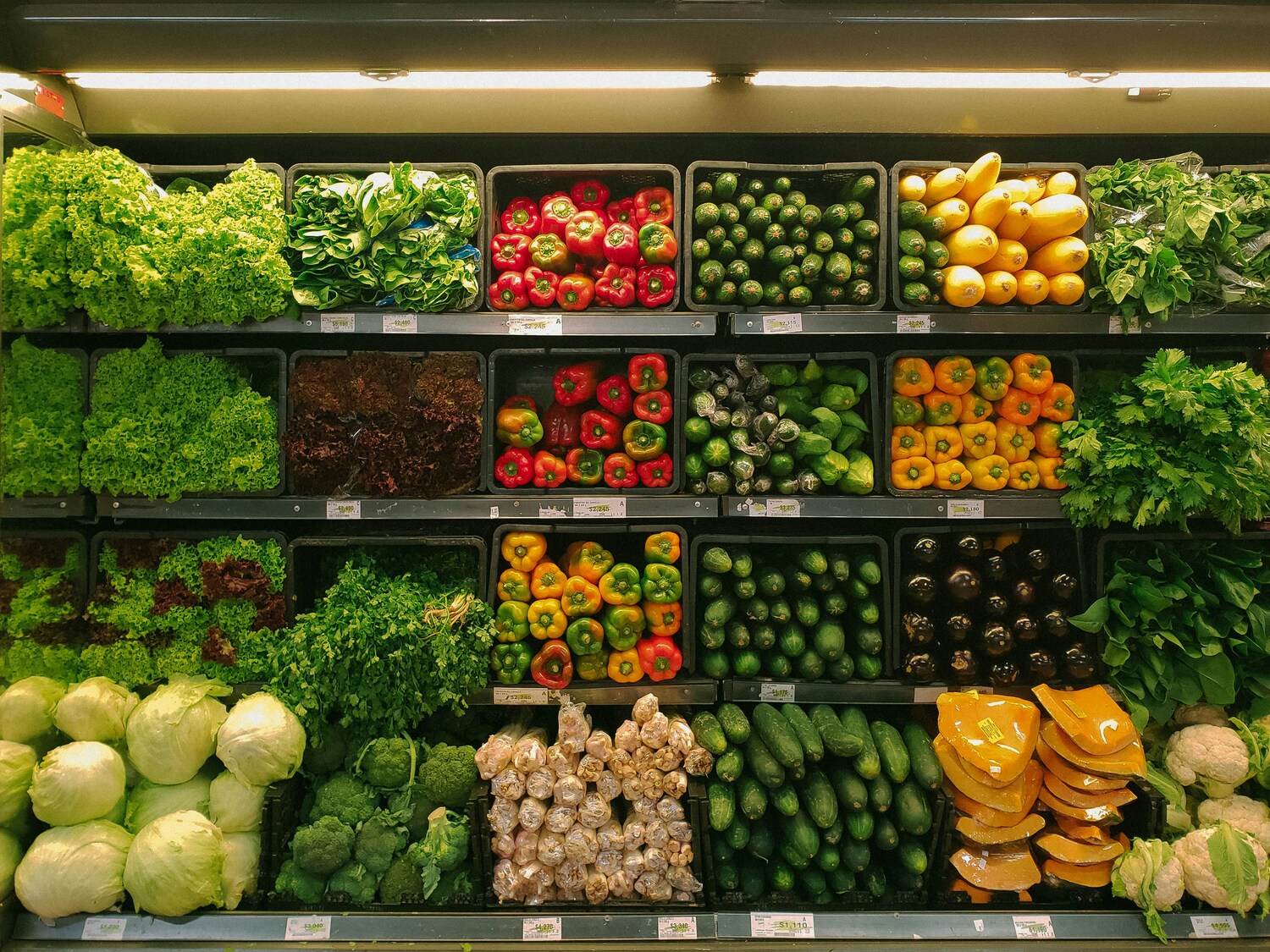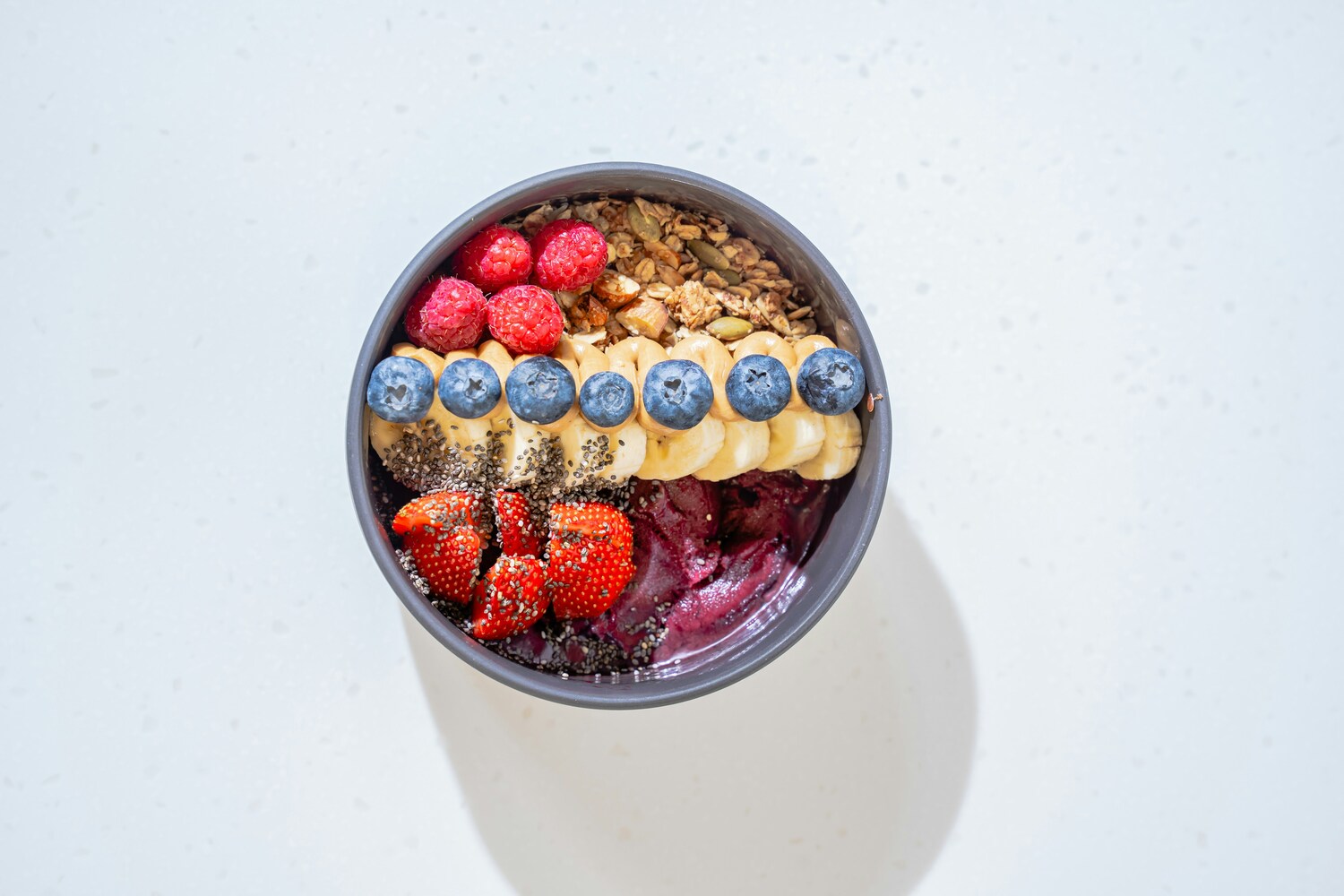
If your last grocery bill gave you the same sticker shock as a high-end fashion receipt, you’re not alone. What used to be a routine chore has become a battlefield of outrageous prices, hidden markups, and indulgent marketing. From “superfood” smoothies that cost more than a lunch entrée to organic options that practically double the price, grocery stores have become the new playground for quiet overspending. But the strangest part? We keep buying them.
It’s not just about rising inflation or supply chain issues anymore. There’s a psychological game at play—one where convenience, status, and guilt-driven marketing convince us to normalize the absurd. We’re not just filling our carts; we’re buying into a lifestyle. And it’s costing us.
1. The $7 Loaf
Artisan loaves baked in-store with thick crusts and perfectly dusted flour are undeniably delicious, but have they become an unnecessary luxury? While store-brand bread sits on shelves for under $2, many of us regularly toss $6–$8 loaves into the cart without blinking. Why? Because the packaging makes us feel like we’re feeding our family something elevated, even if it’s financially draining.
The psychology of indulgence has rebranded ordinary food into an experience, and marketers know exactly how to play it. That crusty sourdough isn’t just bread; it’s “wholesome,” “handcrafted,” and “small-batch.” Which sounds lovely…until it wrecks your budget week after week.
2. Buttered Up: The Rise of Designer Dairy
If you’ve noticed your butter suddenly costs as much as a bottle of wine, you’re not imagining things. Gourmet butter made with grass-fed cream, imported sea salts, or wrapped in gold foil has become the new refrigerator flex. And while they’re decadent, the price tags (often pushing $8 or more) raise the question: are we really tasting that much of a difference?
What’s more likely is that we’ve been convinced that anything less is low quality or “unhealthy.” The truth? Most people wouldn’t taste the difference in a blind test, but the branding tells a different story.
3. Bottled Status: When Water Is a Flex
Walk down the beverage aisle, and you’ll see water dressed up like couture. From Icelandic glacier water to pH-balanced alkaline brands, these sleek bottles promise hydration and status for $4 to $6 a pop. It’s water. But we keep paying for the packaging, the “purity,” and the silent message that our health is worth the premium.
Except, we forget we already pay for clean tap water at home. The bottled version isn’t about need. It’s about image, and that image adds up fast.
4. Yogurt or Dessert?
Yogurt was once a humble breakfast or snack. Now? It’s a $2.50 indulgence packed with toppings, luxury mix-ins, and fancy glass jars. Greek, Icelandic, triple-strained, high-protein—the options are endless, and the cost is creeping higher each year. We rationalize it as “healthy,” but these individually packaged items often have added sugar and price tags comparable to fast food meals.
What’s wild is that you could make a week’s worth of your own yogurt bowls from a single tub of plain yogurt and some fresh fruit for half the cost. But again, the convenience and the illusion of health win.
5. Frozen Meals That Cost More Than Takeout
Remember when frozen meals were the cheap backup plan? That’s long gone. Today’s freezer section is stacked with gourmet, “clean-label,” or protein-packed options that boast sleek designs and buzzy ingredient lists. These meals can cost up to $9 each. For that price, you could grab a fresh burrito or sandwich down the street. We’re not just paying for food anymore. We’re paying for the branding of being busy, health-conscious, and above average.

6. Overpaying for “Superfoods” With Super Tiny Portions
Açai bowls, chia puddings, spirulina smoothies—these trendy items are less about nutrition and more about aesthetics. But when those tiny cups cost $6 to $8, it’s no longer about health. It’s about hype. The portions are often laughably small, but the visual appeal and influencer-driven buzz make it feel “worth it.” Even if it’s mostly frozen fruit.
7. Pre-Cut Produce: The Ultimate Lazy Tax
You’re not just buying pre-chopped onions. You’re paying a 300% premium for someone to dice them for you. Yes, convenience matters. But pre-cut fruits and veggies are one of the most marked-up items in the store. That $5 container of pineapple? It’s the equivalent of one whole fruit you could’ve prepped at home for $1.50. We justify the cost in the name of time and effort, but these purchases can quietly drain your grocery budget without you noticing.
8. Plant-Based Products With Meaty Price Tags
Whether you’re a vegetarian or just trying to eat less meat, you’ve probably noticed that plant-based alternatives have taken over grocery aisles and are not cheap. Meatless burgers, faux-chicken tenders, and dairy-free cheeses are often more expensive than the animal-based versions they aim to replace. Despite the higher cost, consumers keep buying because the products align with values: sustainability, ethics, and health. But just because it’s plant-based doesn’t mean it’s priced reasonably.
9. Specialty Diets, Specialty Prices
If you follow a keto, paleo, or gluten-free diet, your grocery bill likely reflects that commitment. Specialty snacks and pantry items marketed for these diets come at a serious premium, even when the ingredient difference is minimal.
In many cases, companies are charging you for the label, not the actual food quality. And they know we’ll pay because dietary identity sells. But the trap is assuming that more expensive equals more effective.
10. “Natural” and “Organic” Labels With Questionable Value
Many shoppers reach for organic or natural items, thinking they’re safer or healthier. And while there are legitimate benefits to some organic produce, the term “natural” is largely unregulated and often meaningless. Yet these labels tack on $2 to $3 more per item, and we absorb it unquestioningly.
We’re not wrong to want better quality food. But it’s worth investigating what we’re actually paying for and whether it’s supported by science or just smart marketing.
11. The Snack Spiral: Premium Munchies Disguised as Healthy
Gone are the days of 99-cent chips. Now we’re looking at $5 protein puffs, kale crisps, or air-dried fruit strips that claim to be guilt-free. But guilt-free doesn’t mean budget-friendly. These niche snacks offer convenience and branding that suggests they’re part of a healthier lifestyle. But they’re still snacks—ones that cost 5x what they should.
Why We Keep Buying Anyway
So why do we keep throwing these items into our carts week after week? Because we’ve been conditioned to associate higher prices with better health, more self-control, and upward mobility. Grocery marketing doesn’t just target your appetite. It targets your identity. And until we challenge those messages, we’ll keep justifying purchases that slowly sabotage our financial goals.
The truth is, you can eat well without overspending. But it requires awareness, planning, and the willingness to stop performing health and start actually managing your money.
What’s one grocery item you know you overspend on but can’t seem to give up? Would you try replacing it this month to see if your budget improves?
Read More:
9 Strategies to Save on Groceries
8 Peer-Pressure Splurges Making You Broke While Your Friends Barely Notice
Riley is an Arizona native with over nine years of writing experience. From personal finance to travel to digital marketing to pop culture, she’s written about everything under the sun. When she’s not writing, she’s spending her time outside, reading, or cuddling with her two corgis.
Comments